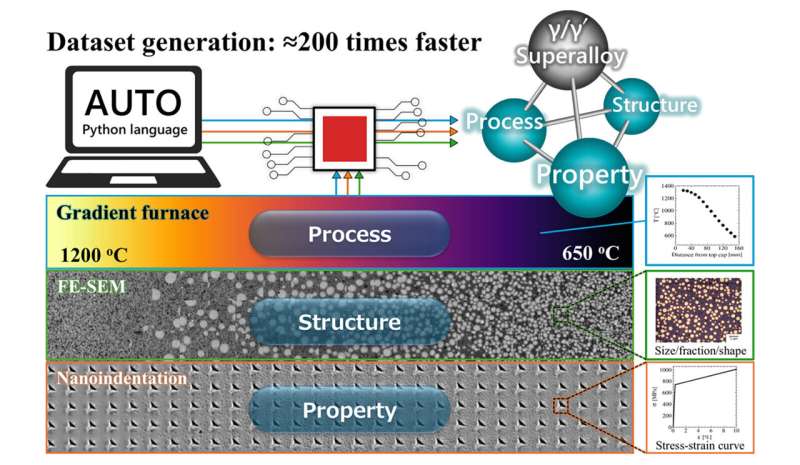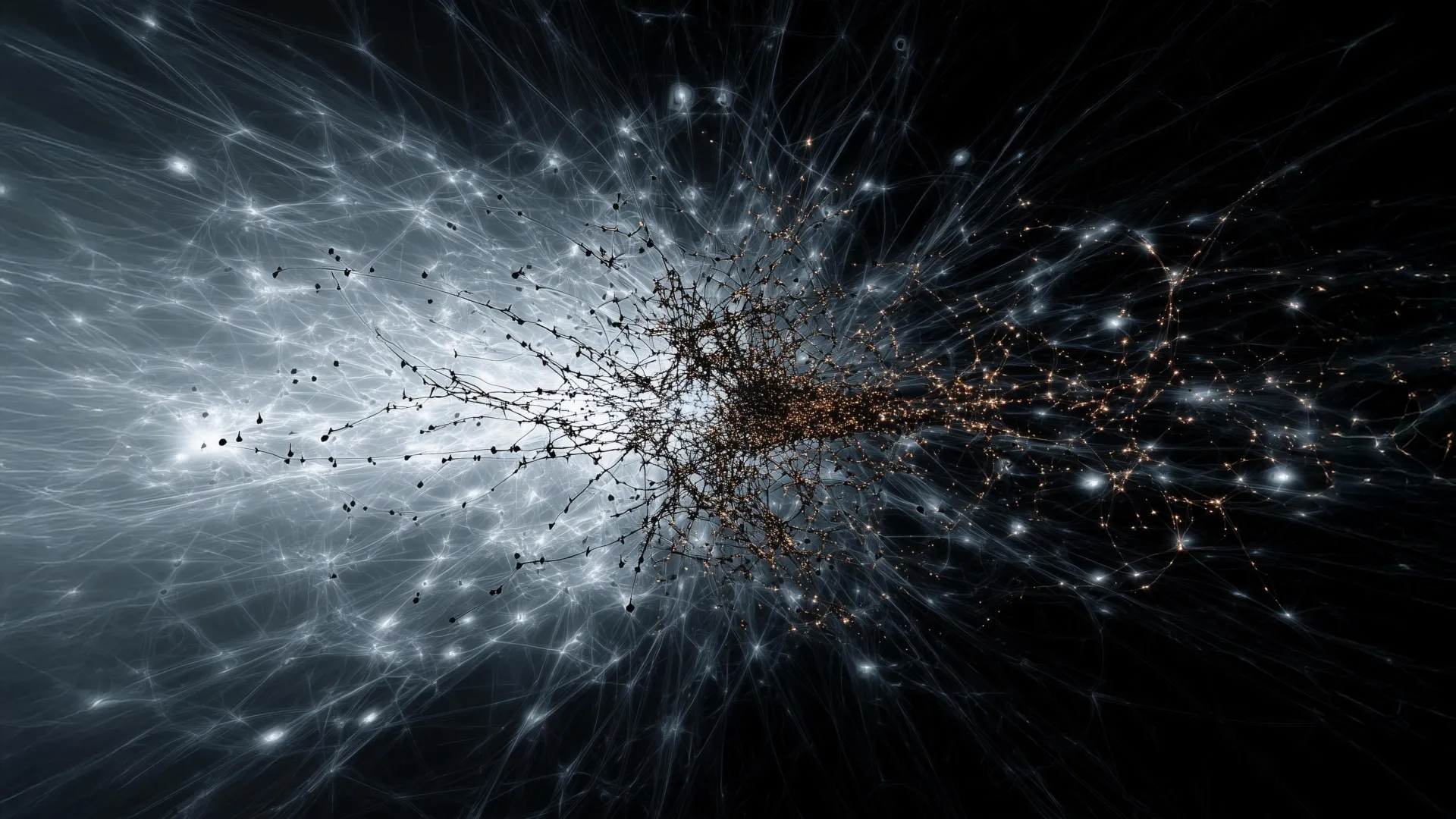The University of Hawaiʻi at Mānoa has announced its participation in a significant national initiative aimed at enhancing the monitoring of natural disasters through artificial intelligence (AI). The project, named Sage Grande, is backed by $25.6 million from the National Science Foundation (NSF) and will deploy advanced sensor systems across the United States to provide real-time data on environmental changes.
This initiative plans to establish 300 smart sensors in various locations nationwide, focusing on tracking natural disasters such as wildfires, floods, and volcanic eruptions. With the new funding, researchers and students at UH Mānoa will collaborate with a nationwide team to develop AI-powered sensors that can analyze information immediately at the point of collection. This capability allows communities and decision-makers to receive faster alerts about pressing environmental conditions.
Professor Jason Leigh, who leads the Laboratory for Advanced Visualization and Applications at UH Mānoa, emphasized the importance of this project for both disaster preparedness and educational opportunities. “By joining Sage Grande, UH is not only advancing disaster preparedness and environmental science but also giving our students hands-on experience with cutting-edge AI,” said Leigh. He noted that plans are in place to deploy two to three of these sensors across the Hawaiian islands in 2024, with specific locations yet to be determined.
The University has previously engaged with similar technology in its efforts to monitor volcanic activity. In Hawaiʻi Volcanoes National Park, a current-generation Sage sensor has been utilized by students to test AI tools capable of analyzing real-time data from Kīlauea. Their preliminary findings demonstrated the potential of AI in addressing vital questions regarding volcanic activity, such as whether an eruption is imminent.
In addition to the project at Kīlauea, a similar sensor has been installed in Lahaina, which connects to the internet via satellite. This system is specifically programmed to monitor air quality and assess fire risks in an area severely impacted by the 2023 wildfires. Funded by a separate NSF grant, the Lahaina project is also gathering data on climate and pollution to aid recovery efforts and inform future planning. Local students are actively involved with these instruments, gaining invaluable training in both environmental science and advanced AI technologies.
The integration of AI into environmental monitoring represents a significant technological advancement, allowing for immediate analysis and response to changing conditions. Leigh highlighted the shift from traditional methods, stating, “Previously we have to transmit that data to a faraway point, analyze it and figure out, oh, is there a fire? Now the AI on the sensor itself can say there’s a fire and tell people immediately.”
This initiative not only aims to enhance disaster response capabilities but also positions Hawaiʻi at the forefront of innovation in environmental science, ensuring that local communities benefit from the latest advancements in technology. Through projects like Sage Grande, UH Mānoa is making strides in both research and practical applications, contributing to a more prepared and informed society in the face of natural disasters.







